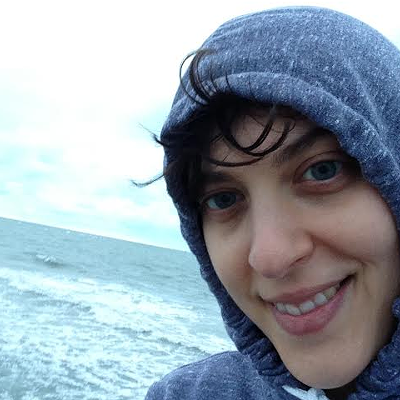But all of the major stuff — the lab benches, the fingerprint examination tables, the walk-in freezer and the test-firing range — is in place, waiting for the $28 million lab to be up and running in mid-July.
Westword took a sneak-peek tour today with Greggory LaBerge, the director of the Denver Police Forensics and Evidence Division. The building sits on the corner of West 14th Avenue and Cherokee Street, and is shaped like a double helix. It's six times bigger than the old lab, which is located across the plaza on the cramped sixth floor of police headquarters. Starting June 15, workers will move the essential equipment, such as high-powered microscopes, from the old lab to the new one, whose cost is being funded by Better Denver Bonds. The move will take about a month.
"Crime is happening 24-seven," LaBerge explains. "We can't just close."
The new lab is beautifully constructed, with wood paneling, glass railings, sage green walls and myriad windows letting in natural light. Four big sculptures by artist Cliff Garten decorate the lobby; two are DNA strands, and the other two (visible in the photo below) represent a bullet and a shock wave. All four will be lit up at night.
Click through to read more about the new lab. Beyond the lobby, the new crime lab is all business. There are specialized laboratories for fingerprinting, firearms examination, drug testing and DNA extraction. One room contains a fume hood in which scientists can cut into bone to extract DNA; the fume hood keeps the bone dust from flying around the room.In another room, scientists will work to examine trace evidence: tiny specimens of hair, fibers, paint chips and glass fragments. There's also a room for analyzing bombs to figure out what they're made of, how the circuits are wired and how the trigger is hooked up.
"Policing is changing," LaBerge says. "This is part of securing Denver."
One of the fastest growing areas is video analysis and computer forensics. The lab contains space for scientists and police to examine surveillance video footage and to extract evidence from computers and cell phones. The lab also has a photography studio where both victims and suspects can be photographed to document cuts and bruises sustained in an attack or the physical evidence of a sexual assault.
Another big improvement is the new lab's forensic garage, which will be used to examine cars used in crimes. There's a hydraulic lift so scientists can search the underside of a vehicle used in a hit-and-run for hair and pieces of skull, for instance. The garage also allows scientists to dust an entire car for fingerprints. Currently, the lab must dust each piece of the car separately, which takes much longer.
"This gives us a workshop," LaBerge says. The scientists have been making do in the old facility, he adds, but "it takes a lot of time and effort to make do in a facility that wasn't designed for it." The biggest advantage to the new lab is that the scientists will have the space to do the kind of high-tech work Denver is known for, he says.
It's clear that a lot of thought and planning went into the design of the new facility. For instance, there are private rooms for fingerprint technicians and ballistics experts to examine evidence without distractions. There's also an auditorium with seating for eighty people. LaBerge says the lab hopes to use it to conduct trainings instead of having to send its sixty employees off-site, which costs more money. The auditorium, which is wired to the DPD's HALO cameras, could also be used as a command center in the case of a disaster or big event, such as the Democratic National Convention.











